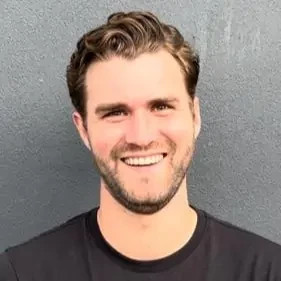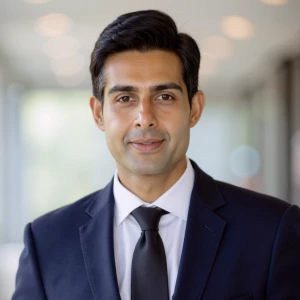Hi,
I do have three questions regarding case structuring:
1. There is tons of different opinions out there, but what is best for a McKinsey interview:
Option a: Naming the first layer of buckets, then diving into bucket one, again naming all sub buckets, and then going through them 1 by 1, or
Option B: Naming the first layer of buckets, then not naming all sub buckets, but start with the first one, give an explanation, and then continue to the second one, give an explanation, and so on?
→ I always thought Option a is clearly better, but heard some other opinions.
2. When I go through the first layer of buckets, do I already need to state what my purpose is with each bucket? Or where is it best to do this?
3. Lastly, a specific framework question: I am struggling to come up with a smooth framework for “either or” investment decisions, market entry decisions etc.
Specifically, when I have to write down factors to investigate and base the decision on, and lets imagine one bucket is financials, how do I smoothly bring this across? I tend to now say “I would for both options like to do a profitability analysis”, and then compare. But as we usually go quite deep in the structure in explanations, it often becomes a mess, seems like I am repeating a lot. Would it maybe make most sense to address the delta more? Could you give me an example on how to best communicate it?














